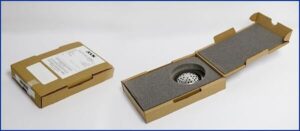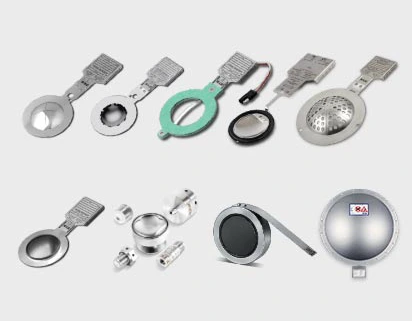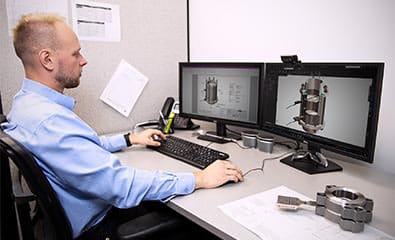WHAT IS THE SHELF LIFE OF A RUPTURE DISK?
We hear many customers ask this question and it really is a good one. Generally speaking rupture disks have an indefinite shelf life, however, there are storage conditions to consider that could affect the performance of the disk once it’s installed.
- Many rupture disks are shipped in boxes and it’s not uncommon for them to be packaged one per box. Best practice for storage would be to leave them in the box they arrived in. The box provides protection against dust collecting on the disk and may provide some fall protection depending on the severity of the incidence.
- Handle with care. Some rupture disks look really beefy and appear to be capable of withstanding a lot of abuse. The reality is that a rupture disk is a precision instrument and can be more easily damaged than it appears. If the disks are removed from the box for inspection prior to putting on the shelf, it is highly recommended to always handle the disk by its perimeter rather than touching the dome or middle areas of the disk membrane. Improper handling could cause unseen damage that may critically affect the performance of the disk once it’s put into service.
- Some rupture disks utilize Teflon liners. These liners could be for protection of the disk from corrosive media or they could be an integral component to the proper opening of the disk in service. These liners can be affected by temperature changes, causing them to expand and contract. It is therefore recommended that rupture disks be stored in a climate-controlled environment. Be careful not to mistake these seals and liners for transport protection, unless clearly labelled otherwise they should not be removed.
If a rupture disk is stored and protected properly, it’s shelf life really is quite long. Hopefully you are already employing the strategies mentioned, but if not, now is a good time to consider the changes needed to better protect the shelf life of the rupture disks you are storing.








